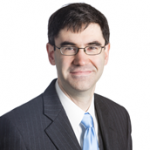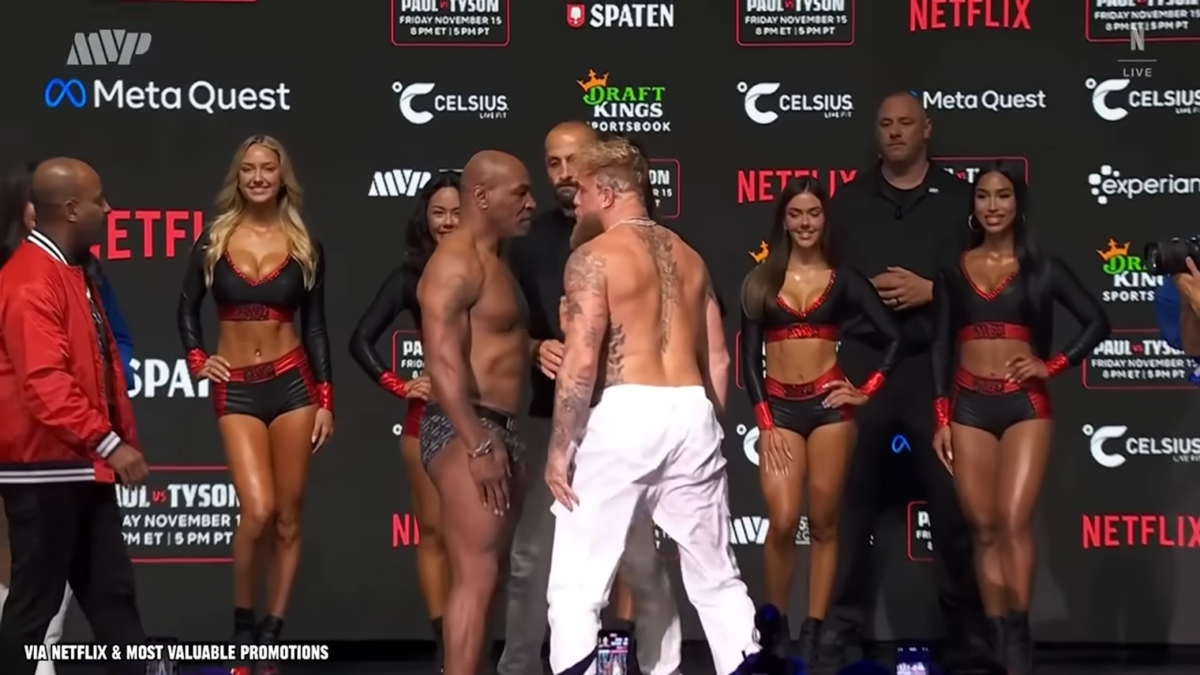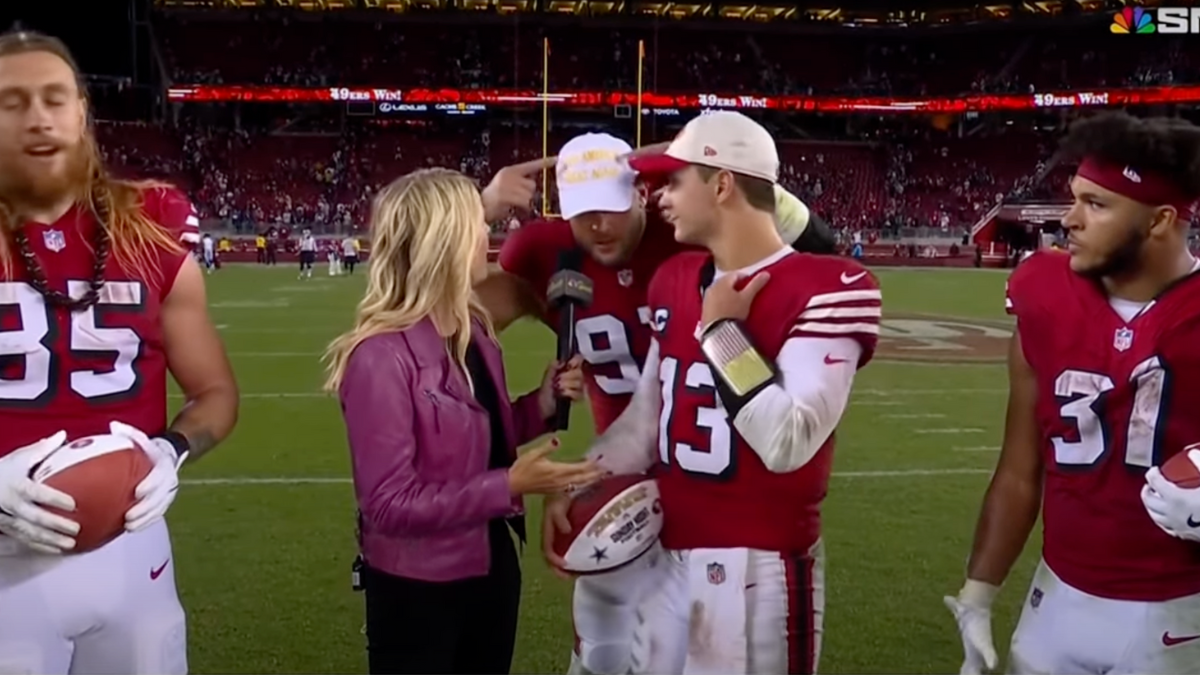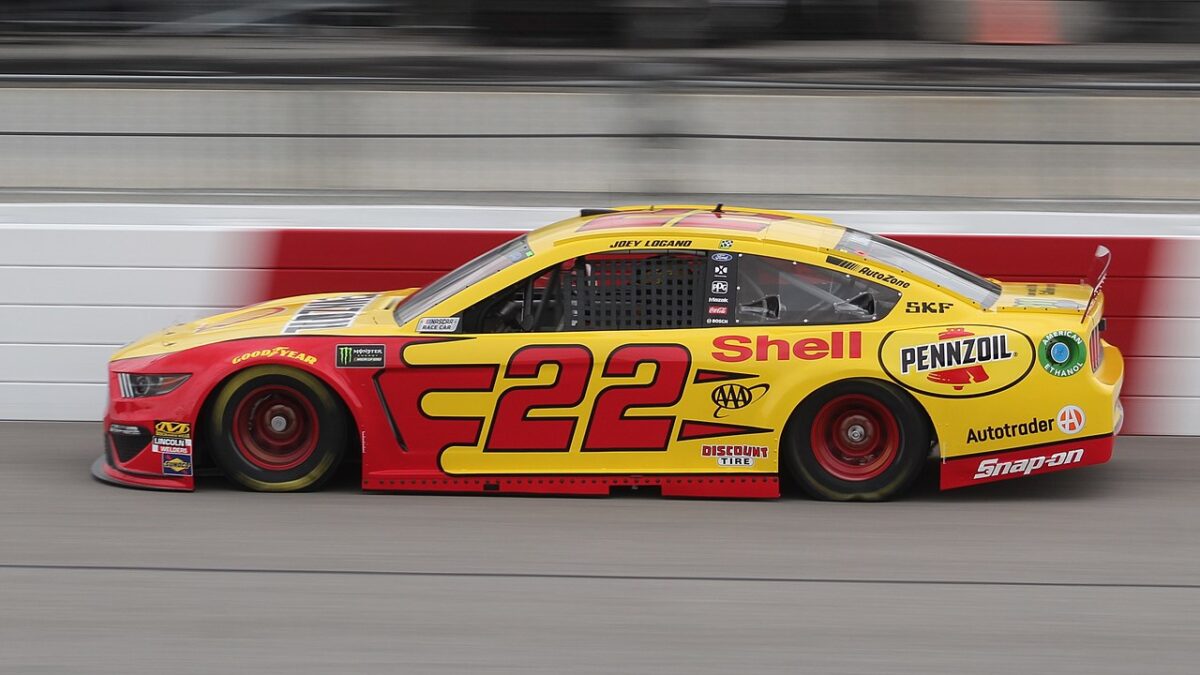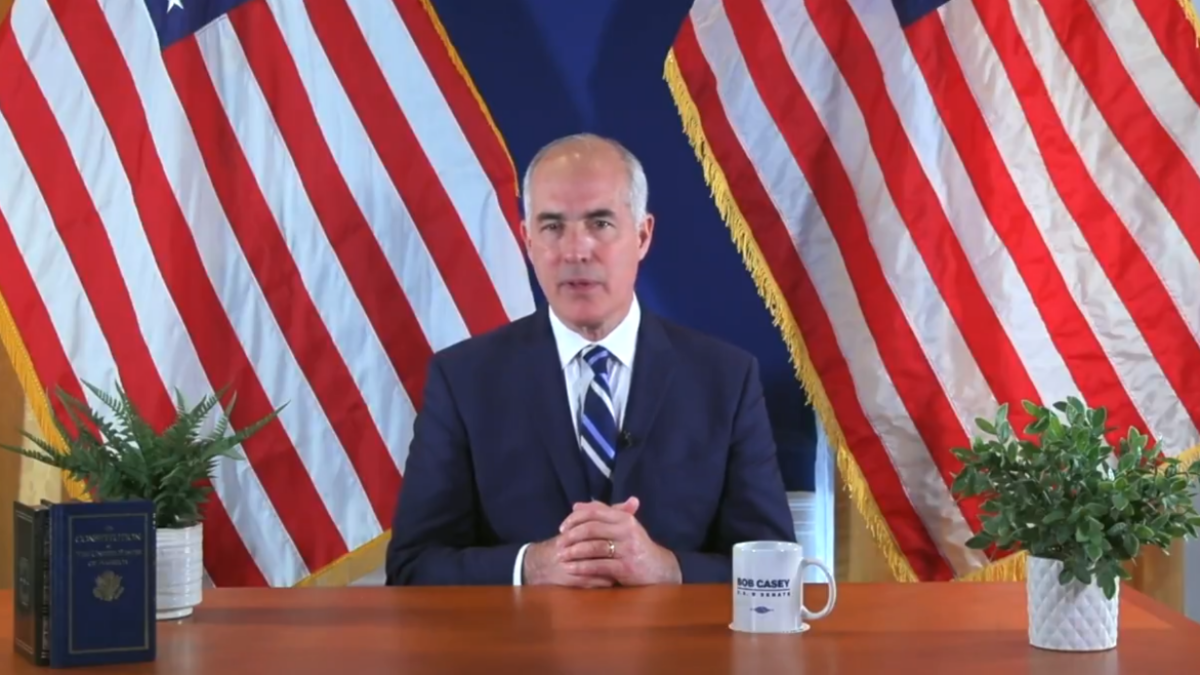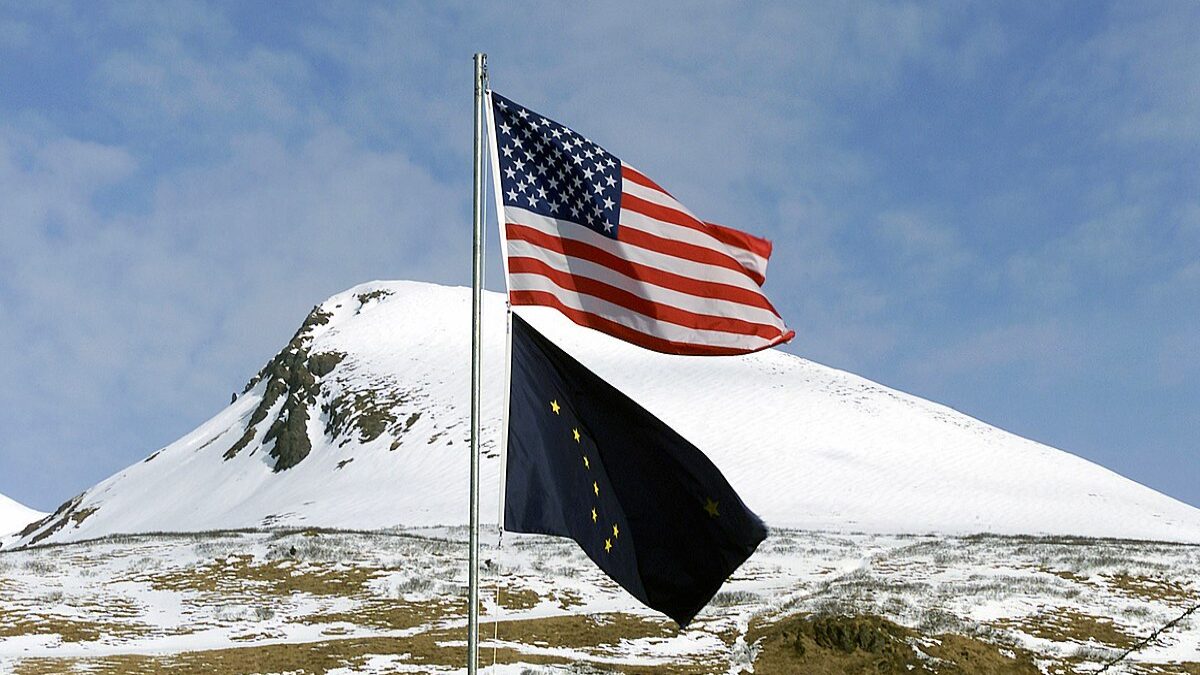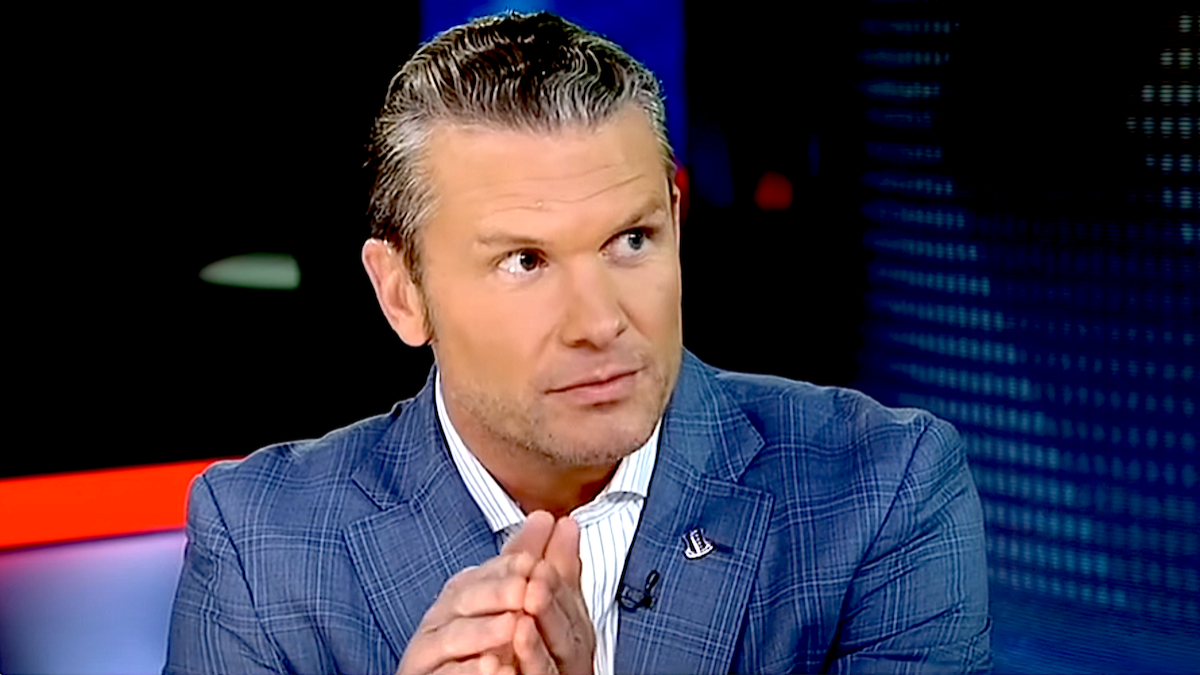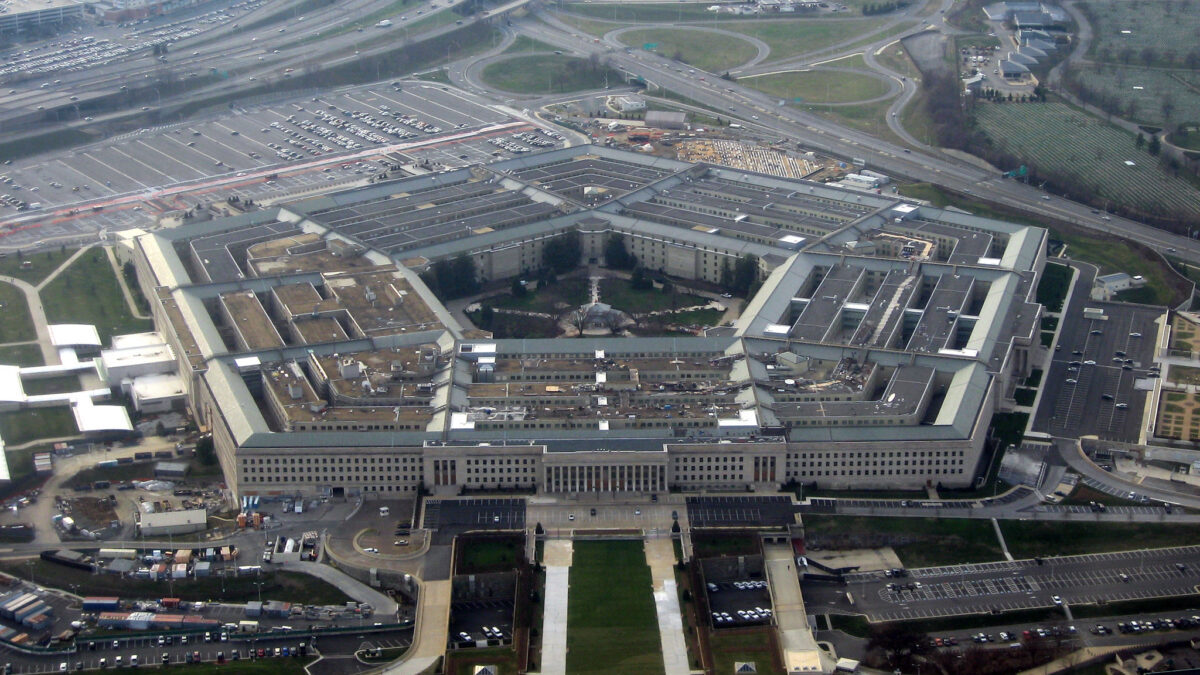The press and marketing wizards will frequently try to hype a sporting event as “more than a game.” The College Football Playoff National Championship on Monday night in Houston represents one of those occasions, for all the transition points the contest represents for the sport.
A decade or more ago, the postseason matchup between the Michigan Wolverines and the Washington Huskies would have occurred in the Rose Bowl — the “grandaddy of them all” when it comes to college football. But starting next year, a Michigan-Washington contest likely will not occur in the postseason, but during college football’s regular season.
The realignment that begins next fall will transform college football into a nationally-based phenomenon. In that sense, Monday night’s championship represents the end of regionalism for a sport heretofore defined by the intensity of local rivalries.
PAC-12 Implosion
Monday night’s championship game provides the last contest during which Washington will compete as a member of the Pacific Athletic Conference. Over the past year-plus, the conference has engaged in a slow-motion train wreck that has seen its members depart for other pastures. Four schools — USC, UCLA, Washington, and Oregon — will join the Big Ten. Four other schools — Colorado, Arizona, Arizona State, and Utah — will join (in Colorado’s case, rejoin) the Big 12. Two schools — Stanford and Cal — will join the ACC. And two schools — Oregon State and Washington State — could ultimately join the West Coast Conference.
The PAC-12’s implosion has effectively destroyed the lone major conference with a West Coast affiliation. In so doing, this realignment has nullified regionalism in college athletics.
Consider that Stanford and the University of California-Berkeley, both located mere miles from the Pacific Ocean, will now compete in the Atlantic Coast Conference. Consider too that the Big Ten, heretofore a Midwestern-based conference, will encompass schools located in disparate places like Piscataway, New Jersey (Rutgers); Eugene, Oregon; and Los Angeles.
What things do students or faculty at the University of Washington hold in common with their soon-to-be conference brethren at the University of Maryland-College Park that can form the basis of an intense sporting rivalry? Precious little — other than the desire for TV cash that drove university presidents into this series of shotgun marriages.
Money, Money, Money
But in one sense, the dash for cash that motivated this latest realignment, and could prompt universities to play “Musical Conferences” again in the future, only echoes actions taken by the players themselves. The combination of name, image, and likeness (NIL) revenue that college players can generate from sponsorship deals, coupled with the transfer portal that now allows them to switch schools more easily, has turned “student-athletes” into free agents selling themselves to the highest bidder.
When Washington takes the field Monday night, it will be led by Michael Penix Jr., its star quarterback who finished second in balloting this year for the famous Heisman Trophy as the best player in college football. But Penix did not start his career in Seattle playing for Washington. From 2018 through 2021, Penix competed at the University of Indiana.
After the 2021 season, Penix decided to transfer to Washington, to reunite with his former Indiana offensive coordinator, Kalen DeBoer, who had become Washington’s head coach. Because NCAA authorities had ruled that the Covid-plagued 2020 season didn’t “count” for purposes of players’ eligibility, Penix had the 2022 and 2023 years to improve his game, transforming Washington into a national powerhouse in the process.
Penix and other star players of recent years (such as Joe Burrow, who initially played for Ohio State before switching to LSU) have shown how transferring — to receive more playing time, more NIL money, a better environment, or all of the above — can transform a player’s career. Little wonder that university presidents have similarly found themselves dreaming of how greener conference pastures can pad their own bottom lines.
What Fans Will Miss
The end result will be a game more transient and ephemeral to ordinary fans, one where rivalries and players come and go seemingly in an instant. The fact that the PAC-12 saw some of its best competition in years — with Washington, Oregon, Colorado, and USC dominating headlines at various points during the season — in its final season makes its breakup all the more tragic. It also emphasizes how the changes in college football may not yield a better on-the-field product — to the contrary, in fact.
In that sense, traditionalists should enjoy Monday night’s championship as the halcyon days of a rapidly ending era. In eight months’ time, another season and a strange new world will begin.

